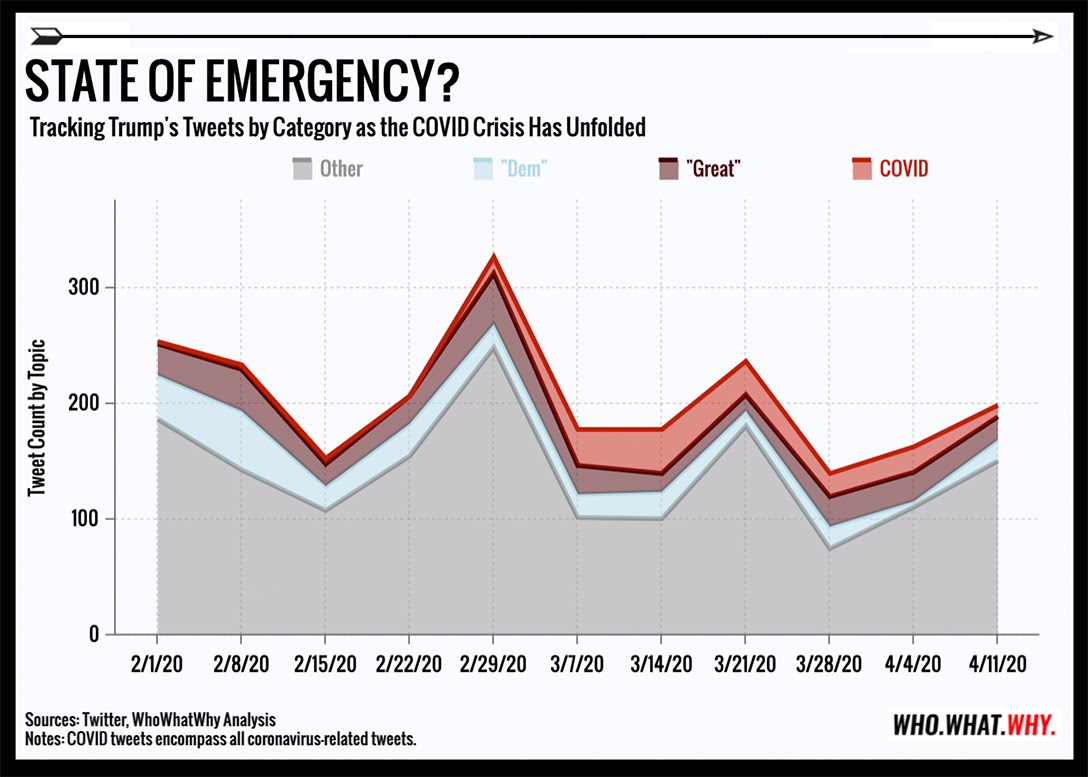


Under the national emergency, HHS issued blanket waivers for federal conditions including certain requirements for Medicare provider enrollment requirements for in-person meetings between providers and patients as well as requiring out-of-state Medicare and Medicaid providers to be licensed in the state where they are providing services. Trump declared a national emergency concerning COVID-19 in March 2020, granting the Health and Human Services (HHS) secretary emergency authority to “temporarily waive or modify certain requirements of the Medicare, Medicaid, and State Children’s Health Insurance programs” over the course of the emergency declaration. “The ending of the national emergency declaration, should the President sign the resolution passed by the Senate, would have a limited impact,” Jen Kates, senior vice president and director of global health and HIV policy at the Kaiser Family Foundation, said in a statement to The Hill. However, Biden’s student loan forgiveness plan is now being challenged at the Supreme Court, and student loan repayments are set to begin either 60 days after the Supreme Court ruling or 60 days after June 30. The COVID emergency also provided the power for former President Trump and later Biden to pause student loan repayments. In January, a May 11 deadline was announced, giving states the go-ahead to begin winding down the measures enacted under the emergencies. The Biden administration had already set an impending deadline for both the national emergency and the public health emergency to end. The resolution will end a number of waivers for federal health programs Medicare, Medicaid and CHIP, however many of the changes to healthcare regulations have become largely irrelevant as COVID-19 precautions have been relaxed.


 0 kommentar(er)
0 kommentar(er)
